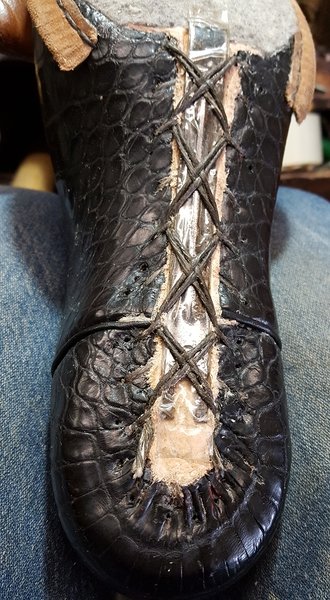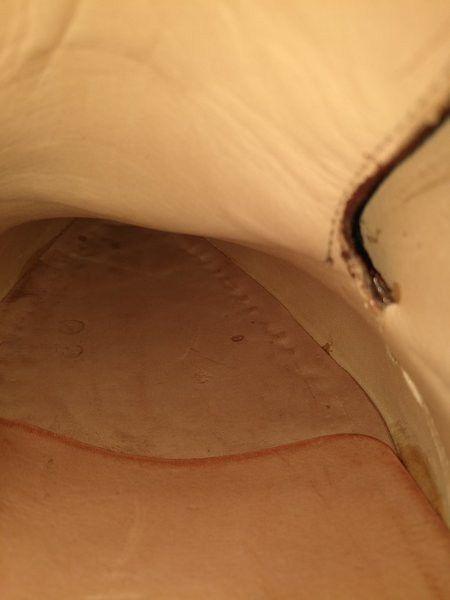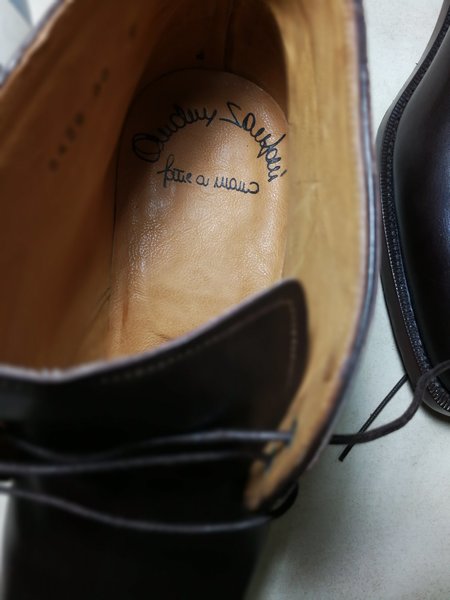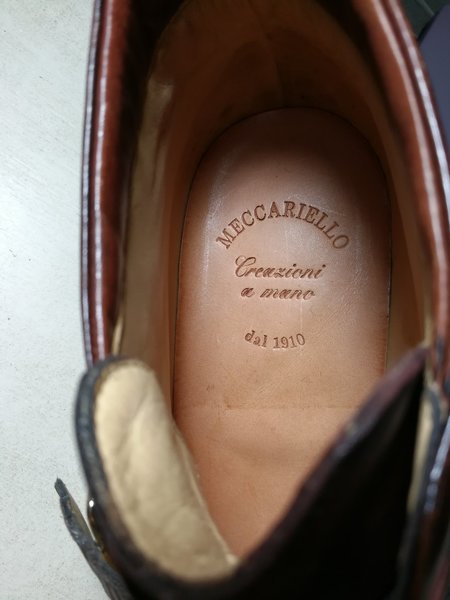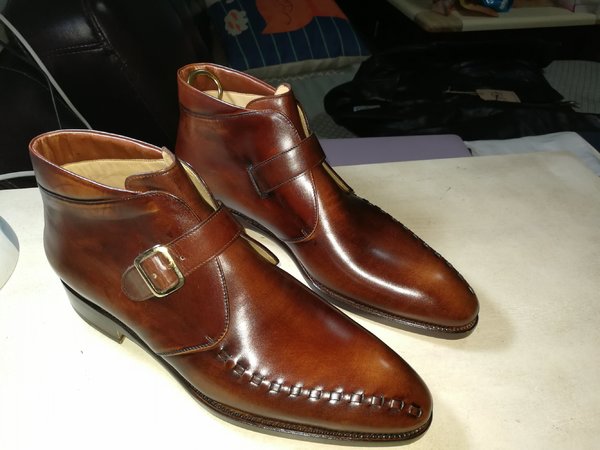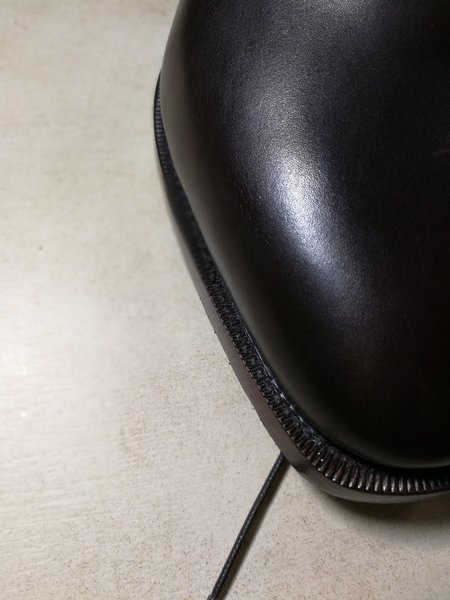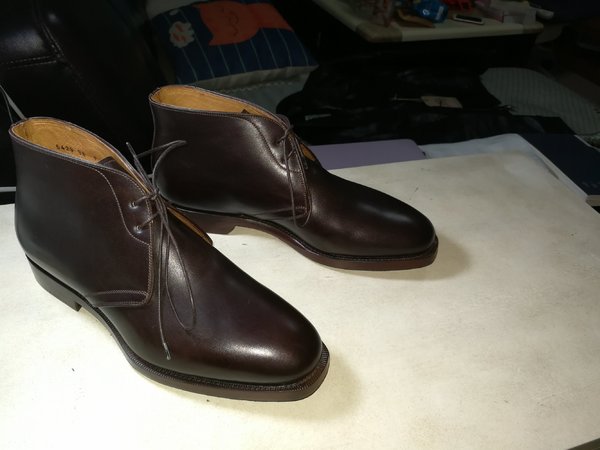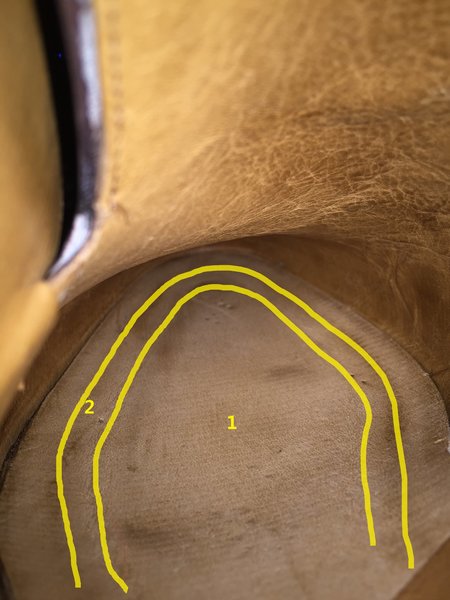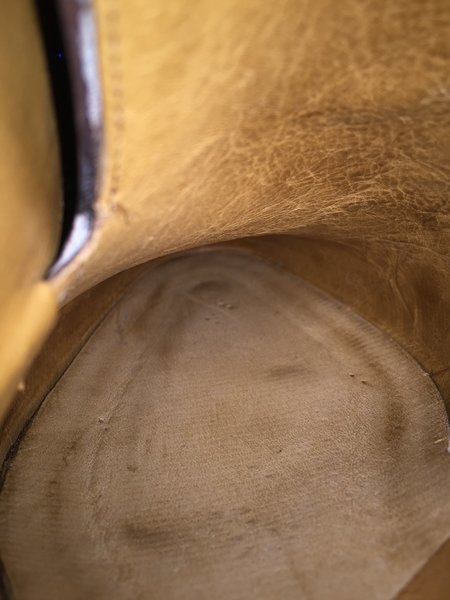- Joined
- Nov 12, 2007
- Messages
- 1,949
- Reaction score
- 1,543
Funny...We often get shoes in that were re-crafted by the maker. After the re-craft the cust. can't wear them. They get sent to us for correction. The makers have themselves sent us re-crafts that they started but got stuck completing. We pull them out of that jam. Very often makers return shoes to the customer with a note explaining that that their shoes were condemned. The cust. sends them to us...we re-craft them to the satisfaction of the customer.
The problem with that...no specific person referenced...is that I don't know of a single shoe repair shop in the US that has the resources to to a credible "recraft" that involves replacement of the insole and the gemming. The original last is critical and essential if nothing else.
From a makers' point of view this is just another failure of the GY process, as shoes spent 10,000 years evolving towards the goal of any shoe repair being able to address all but the most massive breakdowns related to wear.
There again we see "planned obsolescence" in all its glory. Sending them back to the manufacturer is the only guaranteed way to ensure...that the manufacturer has a steady income stream.
Well you hit it in one there. I drink juices daily (never soft drinks) and my teeth are a wreck. Is there a correlation between the juice or does it have something to do with the fact that I neglected them most of my life but esp. during my time in a remote jungles far from home?
Funny...We often get shoes in that were re-crafted by the maker. After the re-craft the cust. can't wear them. They get sent to us for correction. The makers have themselves sent us re-crafts that they started but got stuck completing. We pull them out of that jam. Very often makers return shoes to the customer with a note explaining that that their shoes were condemned. The cust. sends them to us...we re-craft them to the satisfaction of the customer.




